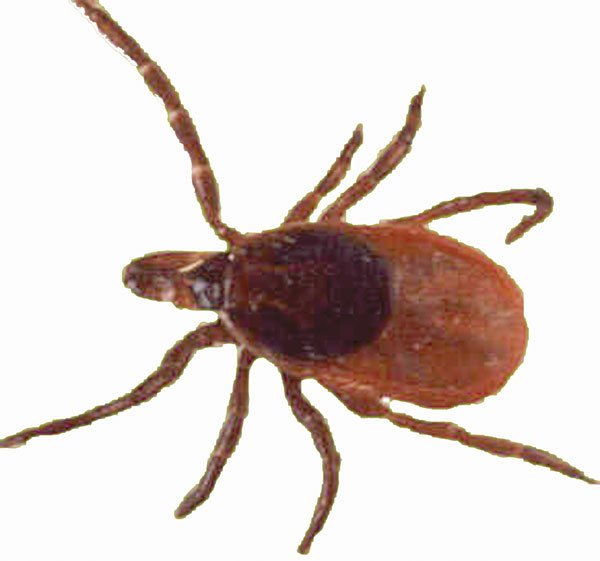Mosquito season might be winding down, but don’t let down your
guard yet. Mature ticks still pose a threat to hikers and anglers,
and while only two percent of ticks carry the bacteria that causes
lyme disease, infection rates have remained steady in the
state.
Mosquito season might be winding down, but don’t let down your guard yet. Mature ticks still pose a threat to hikers and anglers, and while only two percent of ticks carry the bacteria that causes lyme disease, infection rates have remained steady in the state.
“In general, the state still gets about 100 cases a year,” said Anne Kjemtrup, a research scientist with the California Department of Health Services in Sacramento. “But it’s a very underreported disease.”
Borrelia burgdorferi, which causes lyme disease, is transmitted by the Western black-legged tick in California. Fortunately for late fall hikers, the ticks will have reached their mature size, the equivalent of an apple seed. About half of all lyme disease cases stem from bites by nymphs – young ticks – in the spring and early summer. Immature ticks are only about the size of a pinhead, so they are much harder to detect.
Experts recommend wearing long sleeves and pants, preferably tucking trouser legs into your socks, and spray on an insect repellent containing DEET if you’ll be in a wooded area.
Some symptoms to look for in the first days after a bite include flu-like muscle aches, headaches and fevers as well as paralyzed facial muscles, heart palpations or an expanding rash.
“The rash develops in 1 to 30 days after the bite of an infected tick and spreads outward,” said Kjemtrup. “It’s not generally painful. Sometimes people are allergic to the tick’s saliva and they might get a painful red rash within 24 hours of the bite.”
Lyme disease caught in its early stages can generally be stopped with very heavy antibiotics, but a later stage case may result in permanent symptoms of pain and fatigue as well as memory issues, numbness and depression.
If you are bitten by a tick and can remove it, the best way to extract one is to grasp it firmly with tweezers at the skin’s base and pull out in a smooth motion rather than by tugging or jerking.
To get the tick tested, place it in a sealed plastic bag and call the county’s vector control service. IVector control for San Benito County (in Agricultural Commissioner’s office): (831) 637-5344 Santa Clara County Vector Control (408) 792-5010. f you want to get the tick tested yourself, call IgeneX labs in Palo Alto at (650) 424-1191. For about $55 they can test your tick for a variety of diseases, said Brenda Shiplett, the company’s vice president of administration.













